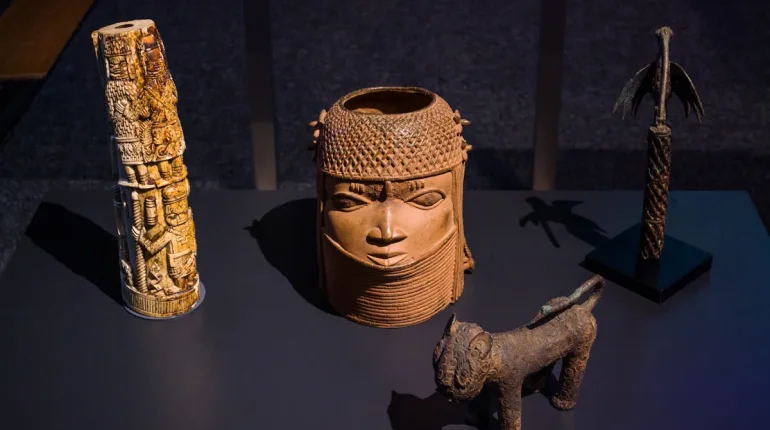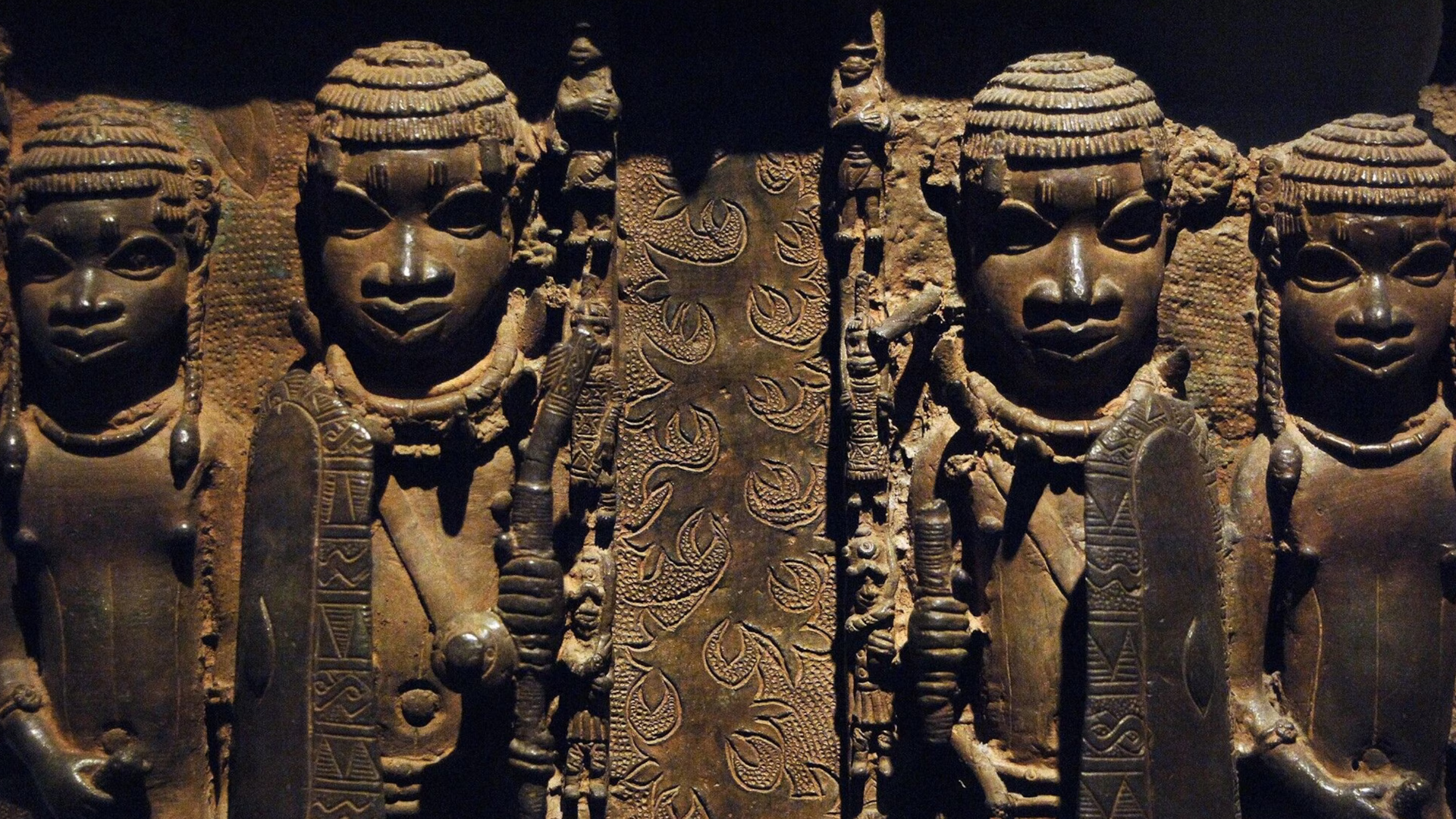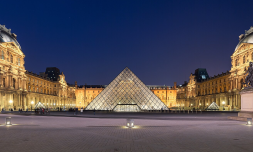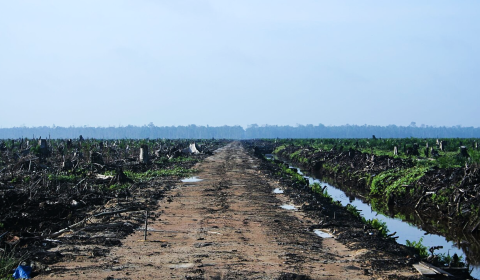With countries increasingly reflecting on their colonial history, museums face a serious question: is it moral to keep historical artefacts that were taken in bad faith?
More than 130 years after they were stolen by British troops, 119 Benin Bronzes have been repatriated by the Dutch government to their country of origin: Nigeria.
Around the world, those campaigning for museums to return artifacts stolen during war and colonial conquests have celebrated their recent arrival, hoping it will cause a surge in similar agreements in the near future.
The handover ceremony took place on June 21st at the National Museum in Lagos, in the presence of representatives from both the Netherlands and Nigera.
The Netherlands had agreed to the transfer for the Bronzes in February upon request from the Nigerian government, which has been relentlessly campaigning for years to reclaim them.
This shipment is the largest physical return of Benin artefacts to Nigeria to date.

What is the significance of the Benin Bronzes?
The Benin Bronzes are a collection of artefacts made up of several thousand plaques and sculptures made between the 15th and 19th centuries.
These include anything from decorative statues to jewellery and ornate masks once displayed in the royal palace of the Kingdom of Benin, now known as the Southern Nigerian Edo state.
During a brutal conquest in the year 1897, these objects were looted by British colonial troops who killed thousands of people in the process. As a result of the violent raid, the Kingdom of Benin was absorbed into colonial Nigeria.
In the years that followed, the stolen Bronzes were sold to over 130 museums in 20 countries. Most ended up in museums in the United Kingdom and Germany.
The newly returned Bronzes were part of the Dutch State Collection exhibited at the Wereldmuseum in Leiden, where four items will remain on loan.
In July 2022, Nigeria signed a repatriation agreement with Germany for the return of 1,130 Benin Bronzes. Before the end of the year, 22 of them arrived in Abuja, the Nigerian capital.
A repatriation request was also sent to the British Museum back in October 2021. The museum currently retains over 900 artefacts from the Kingdom of Benin, many of which are not on display but instead sit in storage.
Museums in Britain, along with many others in former colonial empires, continue to face mounting pressure to return artefacts that do not originate in the country.




















